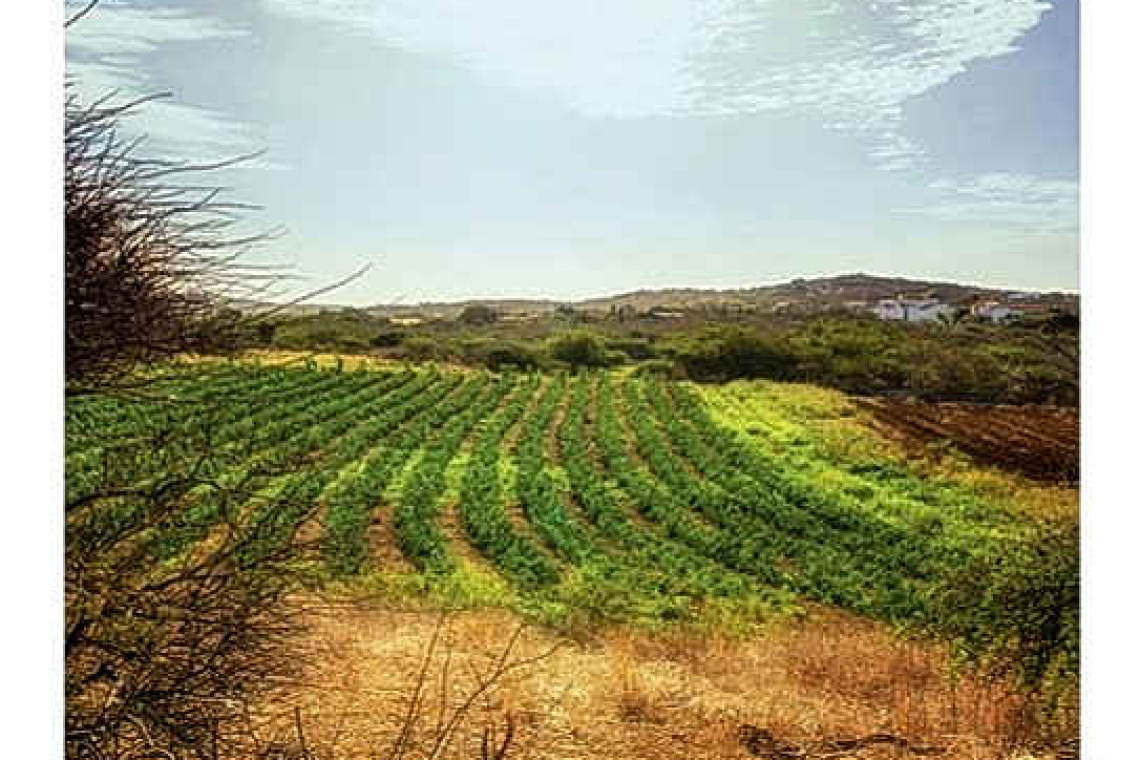Pictured: A kunuku in Rooi Magdalena. Photo credit: National Archeological Anthropological Memory Management, Curaçao.
The following was shared via the Hidden Green Movement from Curaçao. Most with family ties to Curaçao, Aruba, or Bonaire are familiar with the word “kunuku”, even with the most rudimental understanding of Papiamento/ Papiamentu. This explanation of the word’s origin was written, in Dutch, by Ieteke Inchi Witteveen in 1995. The explanation also offers an interesting insight into the history of Curaçao and the kunuku as an important cultural asset.
In Banda Bou, where Curaçao's agricultural history is concentrated, there is still the profound, ancient meaning of the term kunuku: More than a piece of land to live off of, it means life itself. Moreover, according to the elders, the land is a gift from God – or better still, God gave it on loan.
The origin of kunuku predates the arrival of Columbus, of the European- and African-populations. The kunuku – cunucu originally being a Taino word – formed the basis of the society of the Arawak peoples. They lived spread throughout the entire Caribbean region, and far into Venezuela. The Caquetķos of Curaçao and Bonaire also belonged to this group. The cunucu system they developed is a form of crop rotation of nutritious crops such as cassava, sweet potato, peanut, and calabash. Besides maize, pumpkin, agave, and peanut, Curaçao also grew some tobacco and cotton. The land was worked and managed by families, but the land itself belonged to the whole community. People were frugal in order to prevent depleting it.
In the early years of European rule, the cunucu remained an important source of food supply, as it did in Hispaniola (Dominican Republic/Haiti). The Europeans added their own crops such as carrot, eggplant, onion, and imported goats and sheep. The cunucu was then enriched with crops from Africa – sometimes brought by the slaves themselves – such as yam (Dioscorea), medicinal plants and the ever-important for Curaçao “maishi chiki”, the small corn or sorghum. But the cross-cultural agriculture and food supply hardly got time to develop. The cunucu culture, just as the native population, was in danger of disappearing because of that other developed-by- Europe culture: the culture of profit. With this, the former communal lands came into private hands. It became the property of the Dutch West India Company, Shell, plantation owners, or traders.
For those who actually worked the land, even well after the abolition of slavery (1863), land was hardly available. But early on in this century, a reform took place, albeit modest. Among others, 1379 hectares in Barber, Leliėnberg, Doktertuin and Flip (1913) were bought up and leased in two-hectare plots to hundreds of farming families. That process unfortunately did not continue, and by mutual division, the plots got smaller.
Despite that, and despite the disadvantage and discrimination of the rural population, despite urbanisation, the kunuku tradition in Curaçao lives on. Adapted and expanded with its own traditions, new experiences and creativity, the kunuku is an important cultural asset of the people of Curaçao.







